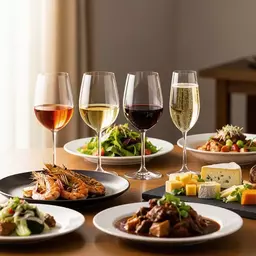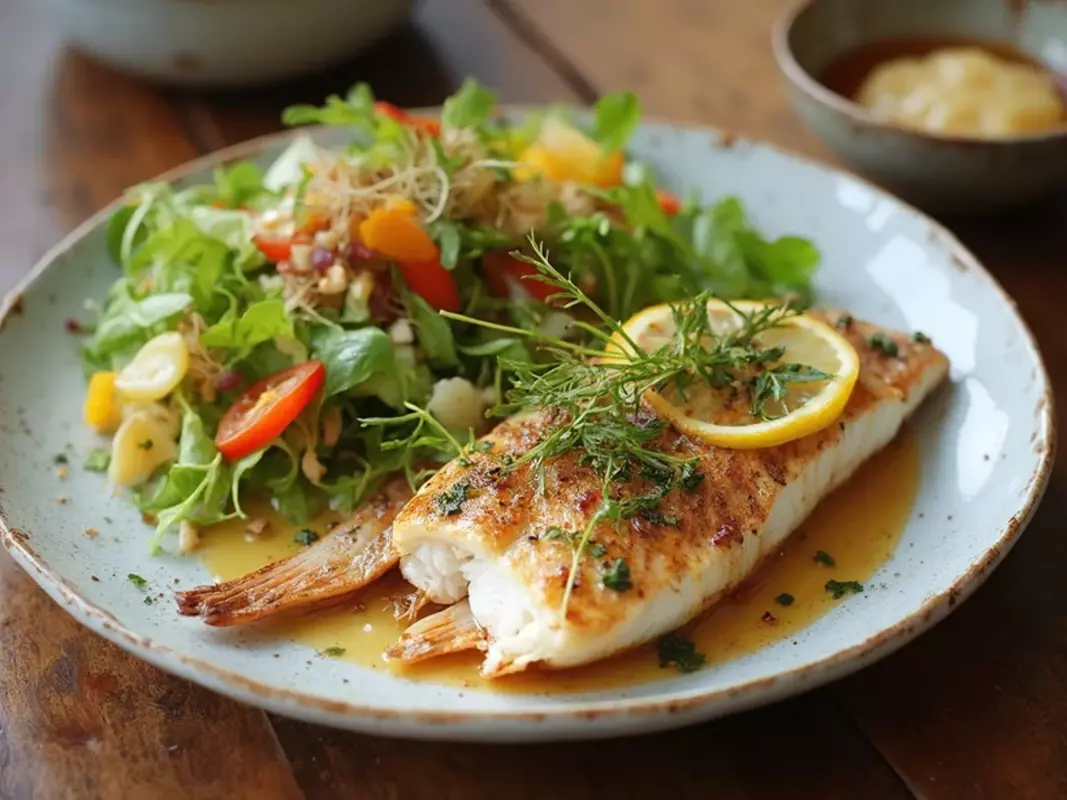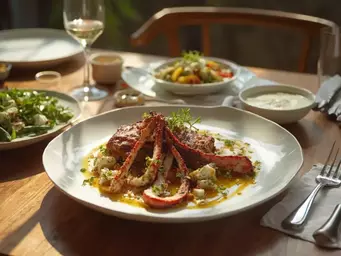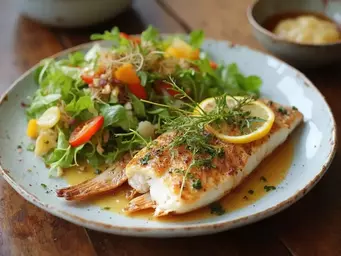Seasonal Wine Pairings for Australia
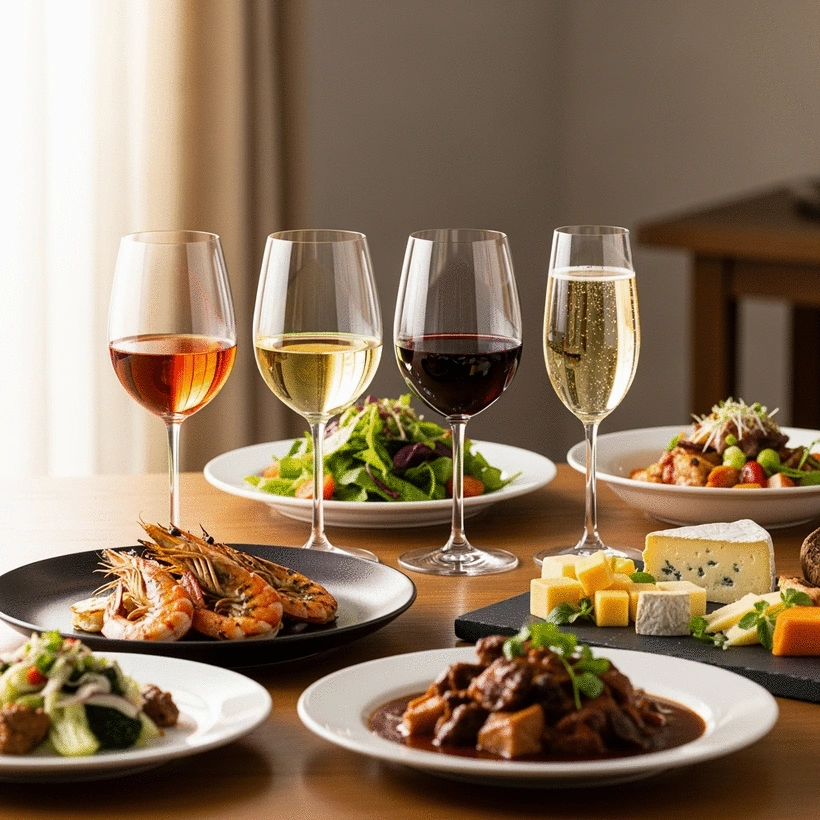
As you explore the vibrant world of Australian cuisine, consider how the connection between seasonal ingredients and wine pairings can elevate your dining experience. Have you ever noticed how the right wine can transform a dish into something extraordinary? Let's delve into some essential lessons that will enhance your culinary adventures.
What You Will Learn
- Seasonal ingredients enhance flavor and nutritional value, making them ideal for creating memorable dishes.
- Understanding local wine regions and their signature varietals can help you make informed pairing choices.
- Terroir significantly impacts wine flavors, influenced by factors like soil, climate, and elevation.
- Pair lighter wines with spring/summer dishes and fuller-bodied wines with autumn/winter meals for optimal harmony.
- Embrace the joy of experimentation in wine pairings to discover unexpected and delightful combinations.
Key Principles for Seasonal Wine Pairing
Understanding these principles will guide you in creating delightful pairings that reflect the essence of local produce, enhancing each meal with a wine that complements the dish.
Focus on Freshness
Select wines that complement the bright, fresh flavors of seasonal ingredients, enhancing their natural qualities without overwhelming them.
Know Your Regions
Familiarize yourself with local wine regions and their signature varietals to make informed choices that highlight Australian terroir.
Embrace Variety
Don’t hesitate to explore different wines that might surprise you with their compatibility, broadening your palate and dining experiences.
Seasonal Sensibility
Pair lighter wines with spring and summer dishes, while opting for fuller-bodied wines in autumn and winter to match the season's mood.
Understanding Seasonal Wine Pairings in Australian Cuisine
When it comes to dining, one of the most delightful aspects is pairing wine with seasonal ingredients. At The Yellow Tail Table, we believe that using fresh, local produce not only enhances the flavors of each dish but also elevates the entire dining experience. Have you ever noticed how a crisp glass of white wine can perfectly complement a plate of seasonal seafood? That’s the magic of thoughtful wine pairing!
Pairing wine with seasonal ingredients allows us to connect more deeply with the essence of Australian cuisine. The variety of flavors that arise from our local markets creates a canvas for exploration—each bottle of wine tells a story that resonates with the produce of the season. So, let’s dive into the beautiful relationship between wine and the vibrant ingredients of Australian dishes!
The Importance of Pairing Wine with Seasonal Ingredients
Understanding the seasonal availability of ingredients is crucial for crafting the perfect meal. Here are some reasons why it matters:
- Freshness: Seasonal ingredients are often harvested at their peak, offering the best flavors and nutrients.
- Flavor Compatibility: Wines can enhance or balance the flavors of seasonal dishes, creating a harmonious dining experience.
- Support Local Producers: Choosing seasonal ingredients encourages us to support local farmers and markets.
By embracing seasonal produce, we create a rich tapestry of flavors that not only delights the palate but also supports sustainable practices. Think of it as an invitation to explore the unique characteristics of each season while enjoying your next meal!
Navigating the Australian Wine Landscape
Australia boasts a diverse wine landscape, with each region producing unique varietals that reflect the terroir and climate. For a comprehensive overview of the industry and its strategic direction, you can refer to the Australian Government's wine policy. Here are some renowned wine regions you should know:
- Barossa Valley: Famous for its Shiraz, offering rich, full-bodied flavors.
- Clare Valley: Renowned for its Riesling, known for its crispness and floral notes.
- Margaret River: A hotspot for Cabernet Sauvignon and Chardonnay, offering balanced and elegant wines.
- Hunter Valley: Home to Semillon and Shiraz, celebrated for its age-worthy whites and vibrant reds.
Each of these regions showcases the unique characteristics that come from their distinct climates and soils. By understanding the wines from these areas, you can make well-informed choices that enhance your meals, whether you're dining at The Yellow Tail Table or hosting a dinner party at home! Further insights into the industry's future can be found in the Wine Australia Strategic Plan 2025-30, which highlights key trends and priorities.
Insights into Terroir and Its Impact on Wine Selection
The term "terroir" describes the environmental factors that influence the flavor of wine, including soil, climate, and topography. It's fascinating how these elements shape our wine selections. This understanding is crucial for regions like Victoria, which has its own Victorian Wine Strategy 2025-2030 emphasizing regional distinctiveness. Let’s consider a few key impacts:
- Soil Composition: Different soils can impart unique flavors to the grapes, affecting the final taste of the wine.
- Microclimates: Variations in temperature and rainfall can influence grape ripening, leading to diverse flavor profiles.
- Elevation: Higher altitudes often produce wines with higher acidity, ideal for pairing with certain dishes.
Understanding how terroir plays a role not only enriches your knowledge of wine but also aids in selecting the perfect bottle for your meals. Here at The Yellow Tail Table, we embrace the stories behind each wine, making every sip an exploration of Australian heritage!
Pro Tip
When pairing wine with seasonal dishes, consider the weight of both the food and the wine. Lighter dishes, such as fresh salads or seafood, typically pair best with crisp whites or rosés, while richer, heartier meals like roasted meats are complemented by fuller-bodied reds. Don't be afraid to experiment—sometimes an unexpected pairing can lead to delightful discoveries!
Summarizing Seasonal Wine Pairing Principles
As we explore the vibrant world of Australian cuisine, it's clear that seasonal wine pairings play a pivotal role in elevating our dining experiences. By focusing on local ingredients, we not only enhance the flavor of our dishes but also celebrate the unique terroir of our beautiful regions. Each season brings its own bounty, and understanding how to pair wines with these fresh ingredients is essential for any culinary enthusiast.
Here are the key principles to remember when considering your seasonal wine pairings:
- **Focus on Freshness**: Select wines that complement the bright, fresh flavors of seasonal ingredients.
- **Know Your Regions**: Familiarize yourself with local wine regions and their signature varietals to make informed choices.
- **Embrace Variety**: Don’t hesitate to explore different wines that might surprise you with their compatibility.
- **Seasonal Sensibility**: Pair lighter wines with spring and summer dishes, while opting for fuller-bodied wines in autumn and winter.
These principles can guide you as you create delightful pairings that reflect the essence of our local produce. Remember, the goal is to enhance each meal with a wine that complements, not overwhelms, the dish.
Frequently Asked Questions About Seasonal Wine Pairings
- Q: Why are seasonal ingredients important for wine pairing?
- A: Seasonal ingredients are harvested at their peak freshness, offering superior flavors and nutrients. Pairing wines with these ingredients enhances flavor compatibility, creating a harmonious dining experience and supporting local producers.
- Q: What is "terroir" and how does it affect wine?
- A: Terroir refers to the environmental factors (soil, climate, topography) that influence the flavor of wine. Different soil compositions, microclimates, and elevations can impart unique characteristics and flavor profiles to grapes, impacting the final taste and acidity of the wine.
- Q: How do Australian wine regions differ in their offerings?
- A: Australia boasts diverse wine regions, each known for specific varietals. For example, Barossa Valley is famous for Shiraz, Clare Valley for Riesling, Margaret River for Cabernet Sauvignon and Chardonnay, and Hunter Valley for Semillon and Shiraz. Each region's unique climate and soil contribute to distinct wine characteristics.
- Q: Should I pair lighter or fuller-bodied wines with seasonal dishes?
- A: It depends on the season and the weight of the dish. Lighter wines, such as crisp whites or rosés, are generally best for spring and summer dishes like fresh salads or seafood. Fuller-bodied reds are typically more suitable for richer, heartier autumn and winter meals like roasted meats.
- Q: What is the best way to experiment with wine pairings?
- A: To experiment, try new wines and dishes, keep a pairing journal to document successful combinations, share your discoveries with other enthusiasts, and don't hesitate to ask sommeliers or wine shop staff for advice. The goal is to explore and find delightful, unexpected combinations.
Inviting Readers to Experiment with Their Wine Choices
At The Yellow Tail Table, we believe that the joy of wine pairing lies in exploration and experimentation! I invite you to embrace your inner sommelier and share your own wine pairing experiences with us. Whether it's discovering a surprising combination or relying on family favorites, every experience enriches our community of food lovers.
Here are a few ways to engage in this delightful journey:
- **Try Something New**: Venture beyond your usual favorites and explore a new wine or dish.
- **Keep a Pairing Journal**: Document your pairings and note what works well together for future reference.
- **Share Your Discoveries**: Connect with fellow enthusiasts, whether through social media or at local wine events.
- **Ask Questions**: Don’t hesitate to reach out for advice or tips on pairing from local sommeliers or at wine shops.
Let's cultivate a rich dialogue around wine and food pairings! I can't wait to hear about your culinary adventures and the unique combinations you discover. What delightful pairings will you create next?
Recap of Key Points
Here is a quick recap of the important points discussed in the article:
- Focus on freshness by selecting wines that enhance the bright flavors of seasonal ingredients.
- Familiarize yourself with local wine regions and their signature varietals for informed choices.
- Embrace variety; explore different wines that might surprise you with their compatibility.
- Consider seasonal sensibility: pair lighter wines with spring and summer dishes, and fuller-bodied wines with autumn and winter meals.
